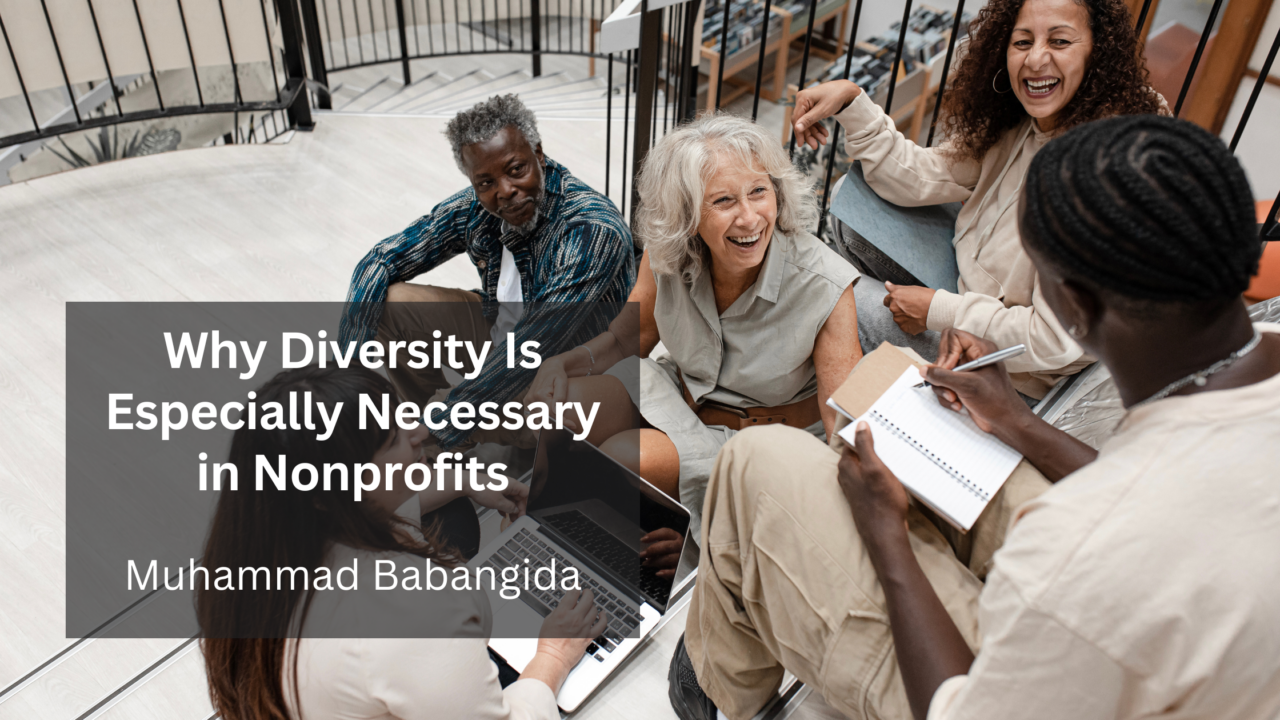Nonprofits are the backbone of our communities, tackling challenging issues and supporting those in need. But imagine an organization working on environmental justice with no one from underrepresented communities on the team. Or a food bank serving a diverse population with a board that doesn’t reflect that diversity. A lack of variety in a nonprofit can hinder its effectiveness. Here’s why diversity is especially crucial for these organizations.
Seeing the Bigger Picture: Nonprofits deal with complex problems that impact a wide range of people. A board or staff room with similar backgrounds and experiences can lead to blind spots. Diversity injects fresh perspectives, allowing the organization to consider issues from different angles and identify solutions that might have otherwise been missed.
Building Trust and Credibility: When a nonprofit’s team doesn’t reflect its community, it can create a gap in trust. People who need help might feel they need to be understood or that the organization isn’t truly there for them. A diverse team, on the other hand, fosters a sense of connection and shows the community that the nonprofit understands their struggles.
Reaching New Audiences and Donors: Nonprofits rely on donations and fundraising to keep their doors open. A diverse team can connect with a broader range of potential donors. Imagine a women’s shelter with staff members who come from different ethnicities. They can tap into their networks and raise awareness within their communities, bringing in new resources.
Innovation and Creativity: Diversity isn’t just about race or gender. It encompasses a variety of backgrounds, experiences, and skills. When people with different ways of thinking come together, it sparks creativity and innovation. A diverse team can devise new approaches to tackling old problems, making the nonprofit’s work more impactful.
Building a Stronger Community: Nonprofits play a vital role in weaving the fabric of a community together. By having a diverse team that reflects their community, they send a powerful message of inclusion. This not only helps the organization itself, but it also sets a positive example for the community at large.
Making Diversity a Reality: So how can nonprofits embrace diversity? Here are some actionable steps:
- Review your board and staff: Does your team reflect the community you serve? If not, start looking for ways to broaden your recruitment efforts.
- Actively seek diverse candidates: Don’t just rely on word-of-mouth. Look for outreach programs or organizations that connect with diverse talent pools.
- Create a welcoming environment: Ensure your workplace is inclusive and respectful of all backgrounds.
Diversity isn’t just a box to check. It’s a core value that strengthens nonprofits and allows them to serve their communities better. By embracing various perspectives and experiences, nonprofits can become more effective, innovative, and trusted organizations, making a real difference.
